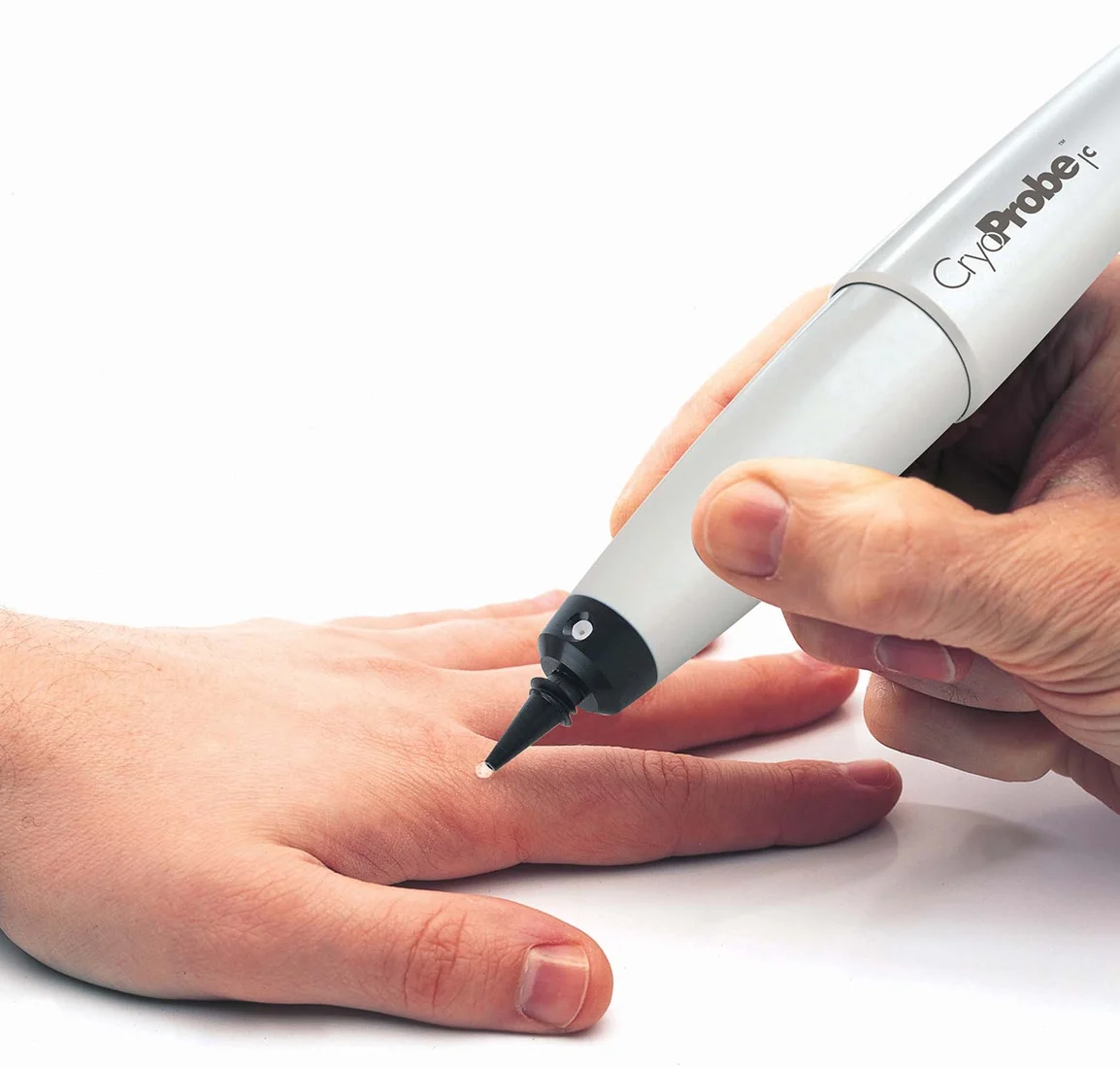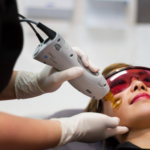Goodbye
Benign Moles
- Free consultation
- 15% off
- Upfront Pricing
- Full skin analysis
- Free follow-ups
- chat, phone, video call options
What are moles?
Benign moles, or nevi, are non-cancerous skin growths characterized by clusters of pigmented cells. They commonly appear as small, colored spots on the skin and can vary widely in shape, size, and color. Most people have them, and they typically pose no health risk. While benign moles are generally harmless, they require monitoring for changes that could indicate skin cancer development.
There are indeed different types of benign moles, each with its own distinct characteristics. For instance, congenital moles are present at birth, while acquired moles develop later in life due to factors like sun exposure. Junctional melanocytic nevi are flat and usually very dark, while compound melanocytic nevi are slightly raised and may have hair.
Seborrheic keratosis is another common benign skin growth, often mistaken for moles. These growths are usually brown, black, or light tan and have a waxy, slightly raised appearance. Despite their concerning look, they are not cancerous but may be removed for cosmetic reasons or if they become irritated.
Atypical moles, or dysplastic nevi, stand out due to their irregular shape, uneven color, and larger size. Although benign, they can resemble melanoma and may increase the risk of developing skin cancer. Regular monitoring and dermatological evaluations are essential for individuals with atypical moles.
The causes of benign moles include genetic factors and sun exposure. Sunlight can stimulate the growth of moles by increasing melanin production, while genetics determine the number and type of moles one is likely to develop.
For those concerned about benign moles or seeking removal for cosmetic or comfort reasons, options are available. Procedures range from surgical excision to less invasive methods like laser removal. Learn more about the treatments we offer for skin lesions, including mole removal and skin tag removal, at Reimagine Clinic. Our expert team is here to provide guidance and care for all your dermatological needs.
Products used



Treatment choices
we’re here to answer all your questions
What are benign moles?
Benign moles, or nevi, are non-cancerous skin growths that appear as small spots or bumps on the skin. They result from clusters of melanocytes, the cells responsible for skin pigment, and can vary greatly in color, size, and shape.
Are there different types of benign moles?
Yes, there are several types of benign moles, including congenital moles, which are present at birth, and acquired moles that develop over time. Moles can be categorized by their appearance as well, such as junctional melanocytic nevi (flat and dark) and compound melanocytic nevi (slightly raised, possibly with hair).
What is Seborrheic keratosis?
Seborrheic keratosis is a common, benign skin condition characterized by growths that have a waxy, wart-like appearance. Although they may look concerning, these growths are not cancerous and are typically removed for cosmetic reasons or if they cause discomfort.
What is an atypical mole?
An atypical mole, or dysplastic nevus, has irregular features, such as uneven borders, multiple colors, or a larger diameter. While still benign, these moles require close observation as they can sometimes resemble melanoma and may increase the risk of developing skin cancer.
What causes benign moles to form?
The formation of benign moles is influenced by genetic factors and sun exposure. UV radiation from the sun can stimulate melanocyte activity, leading to the development of new moles or changes in existing ones.
How can I tell if a mole is benign or malignant?
The key is to watch for changes using the ABCDEs of melanoma: Asymmetry, Border irregularity, Color that is not uniform, Diameter larger than 6mm, and Evolving size, shape, or color. If you notice any of these changes or have concerns about a mole, consult a dermatologist for an evaluation.
What should I do if I want a benign mole removed?
If you’re considering mole removal for cosmetic reasons or because a mole is bothersome, consult with a skincare professional. Various removal methods are available, from surgical excision to laser treatments. Explore your options for mole removal treatments to find the best solution for you.
For more information about benign moles and the treatments available, visit Reimagine Clinic. Our experts are dedicated to providing comprehensive care for skin tag removal and other skin concerns, ensuring your skin remains healthy and vibrant.
Drop us your questions
If you have questions? Let us know and we will get back to you as soon as we can
Email Us
info@reimagineclinic.ca
Call Us
438-686-8460

